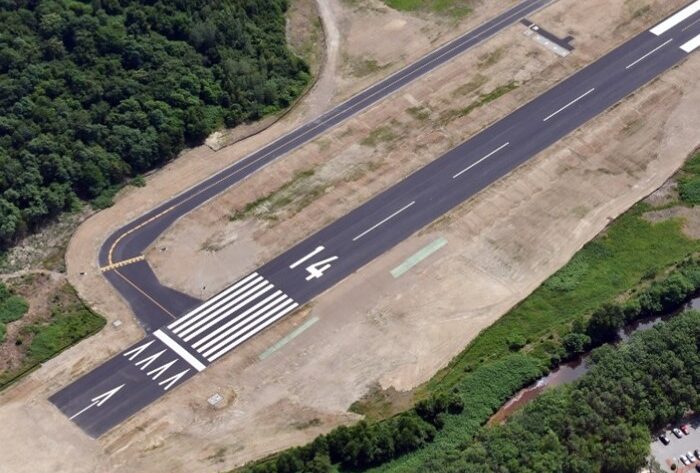A Municipal Airport required a longer runway to accommodate the growing number of business jets using its facilities. However, there was a challenge in extending the runway due to physical limitations, as the proposed Runway 14 end was in close proximity to an abandoned landfill containing solid waste. Upon investigation, it was discovered that the area designated for the Runway 14 end runway safety area (RSA) contained a mixture of soil and solid waste. This posed a significant problem for the airport and the city, as it would be costly to remove, transport, and relocate the waste. Moreover, the presence of the waste compromised the stability of the new RSA, preventing the soil from compacting uniformly and forming a structurally sound base.

In collaboration with Airport and City officials, we explored various potential solutions and assessed their associated risks. After careful consideration, it was unanimously agreed that the most advantageous approach was to utilize the “Rapid Impact Compaction” (RIC) method. This technique would enable the compaction of the soil without releasing any toxic substances. Furthermore, the ground and other conditions at the site were suitable for implementing RIC, as the soil, if free of solid waste, provided a suitable foundation for the RSA. RIC proved to be more cost-effective compared to other alternatives since it posed no threat of releasing harmful materials into the air. Additionally, RIC promised minimal, if any, negative impacts on the site and its surroundings, including the nearby river.
Once the approval for RIC as the preferred solution was obtained, we assisted the airport in developing a plan to implement the technique. The process involved delivering high-frequency energy to the ground surface, consolidating the waste-soil mixture, and compacting it to create a stable and firm base for the RSA. This compaction enhanced the uniformity, consistency, and load-bearing capacity of the soil. The procedure required heavy equipment to repeatedly drive a large, heavy plate attached to a rig into the ground at five-foot intervals. Upon completion, the soil was thoroughly tested to ensure its suitability for use beneath the paved RSA.


